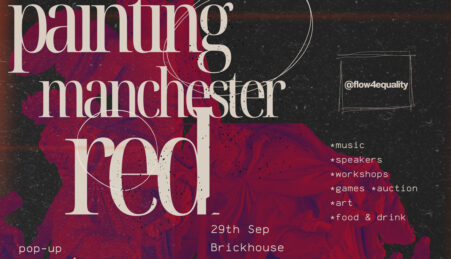By Sarah Lavery
I enjoy a selfie and an Instagram filter as much as the next person, but recently Instagram modifications have been getting out of control.
While scrolling down my newsfeed, amongst the many photographs of food and puppies in bow-ties, I am alarmed to see just how many images there are of women posing in positions that contort their bodies to make their bums look bigger, their breasts stand out and their waists appear tiny. The sheer number of these pictures is worrying, but the real question is how many of these images are real and not touched-up?
Recently British model and pin-up Kelly Brook landed herself in hot water when she was caught out significantly editing the above picture of herself to make her waist look impeccably small, so to emphasise her large breasts and hips. Brook has made FHM’s ‘100 Sexiest Women in the World’ list since 1998, largely because of her coveted hourglass figure. In 2014 the model launched a clothing range for retailer Simply Be, ranging from size 10 clothes up to a size 32. It is quite shocking that this beautiful woman who proposes to ‘embrace my curves’, feels unworthy of posting her photographs in their natural form. I worry that this will induce other, non-celebrity women to do the same.
Brook defended herself with another Instagram post (below), declaring that what she had done to her photographs was ‘no different to women wearing fake hair, putting chicken fillets in their bras, squeezing into Spanx or having fillers and Botox in their face’, all of which women undertake to adhere to societies beauty standards. Brook is not alone in this; earlier this year Beyonce was accused of editing in a thigh-gap to her photographs, and Victoria Secret model Miranda Kerr was caught doing the same to her stomach. By doing this, many of their young followers will behave similarly under the guidance of that celebrity. It also puts into their minds that their own natural body is not good enough and must be edited to find approval on social media platforms.
I’m concerned that society’s expectations are becoming far too unrealistic in terms of body shape and make-up standards. The latter has reached a new depth, with stars like Kim Kardashian sparking the ‘contouring’ trend. This is when a light and dark makeup technique is used to sculpt the face, to enhance the natural features of the face. Despite professional make-up artists having used this technique for years, it is now being used in many homes across many countries. Although I am a fan of an enhanced cheekbone, often the look is taken too far and we are left with something reminiscent of drag-queen make-up. I’ve seen numerous posts from ‘lad-banter’ social media pages, suggesting that ‘it should be made illegal’ for women to wear this much makeup, and supposedly ‘tricking’ men into being attracted to them.
Other dangerous celebrity endorsements include ‘waist-training’, notably subscribed to by the Kardashian sisters, whom already have hourglass figures. Scarily these medieval waist ‘trainers’ – as if we can actually train our bones and organs to move – have become a world-wide trend, leading to more and more women potentially hurting and winding themselves, all in the hope of achieving the beauty ideal. Other endorsements are teeth-whitening kits, fat burning pills and detox (laxative) teabags. It is important to remember that these celebs are being paid to promote these things, it is doubtful that they actually use them. These trends advocate for the celebrity obsessed, body conscious society that we are, which is a shame because there’s nothing wrong with being ourselves. It also tells us that were not alone in our self-consciousness and celebrities feel the pressure just as much as we do.
Where then, does this unattainable ideal stem from? These photo-shopped images definitely reinforce the message, but to say that they are the cause of it too feels too simple an answer. Regardless of how this ridiculous ‘body-goal’ has come about, individuality is something to be celebrated: if everybody looked like Kylie Jenner, what would make her special? We all have our individual quirks and our own beautiful features, which I implore to the women of Instagram and other social media platforms, to be proud of.
Sarah Lavery is a third year English/History student at MMU.





Leave a reply